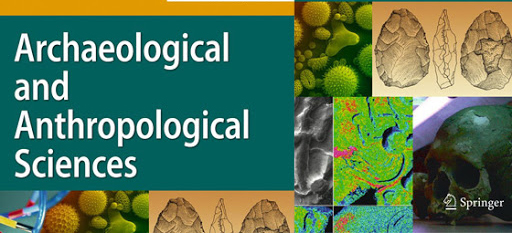The radiocarbon chronology and temporality of the megalithic cemetery of Los Millares (Almería, Spain)
2020. Archaeological and Anthropological Science 12 doi.org/10.1007/s12520-020-01057-7

Abstract
In 2012, a radiocarbon dating programme was undertaken to explore the chronology and temporality of megalithic monuments in south-eastern Iberia. After obtaining a new radiocarbon series of 90 dates that have changed many of our current approaches to this phenomenon, we have expanded the radiocarbon programme to one of the most iconic megalithic necropolises in Iberia, the cemetery of Los Millares.
The new radiocarbon series modelled in a Bayesian framework was analysed in the context of the site including the settlement and the surrounding “forts”. The results led us to four main conclusions: (i) that mortuary activity began in last centuries of the 4th millennium cal BC (3219–3124 cal BC, 68% probability), preceding the settlement foundation by up to 230 years; (ii) that the tombs appear to have been used at different times and with different intensities; (iii) that “forts” were built when most of the settlement was abandoned and only the inner enclosure would remain inhabited; and (iv) that the end of the funerary and housing activities occurred in similar chronological intervals, before ca. 2200 cal BC.
Keywords
Copper age, Bayesian modelling, Funerary ritual, Iberian Peninsula, Megalithic phenomenon, Radiocarbon dating
